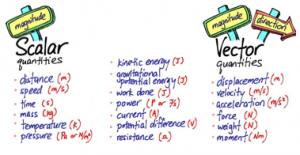The molecular formula describes the actual number of each type of each atom in a molecule.
For example, a molecular formula of C₆H₁₂ tells us that in each molecule there are 6 carbon atoms and 12 hydrogen atoms.
However, the molecular formula tells us nothing about how those atoms are arranged. For example, it does not tell us if there any branches of carbon atoms coming off the main carbon-carbon chain, nor how long or how many there might be.
On the other hand, the structural formula and displayed formula of a molecule tell us clearly how the atoms are arranged in that molecule.
This means that if we are given a molecular formula only, there may be several possible structural and displayed formulae all of which could apply for that molecule.
When trying to work out possible structural or displayed formulae from a molecular formula there are several clues:
- If the molecular formula only has carbon and hydrogen in it, then of course the structural formula will only have atoms of these 2 elements.
- If the molecular formula has twice as many carbons as hydrogens (CnH2n) then the molecule is an alkene and has a double bond somewhere between 2 of the carbon atoms.
- If the molecular formula has two more than twice as many carbons as hydrogens (CnH2n+2) then the molecule is an alkane and only has single bonds.
- If the molecular formula has two more than twice as many carbons as hydrogens and also has an oxygen atom (CnH2n+2O), then the molecule is an alcohol, and somewhere in the displayed formula will be a carbon single-bonded to an oxygen which itself is then single-bonded to a hydrogen.

